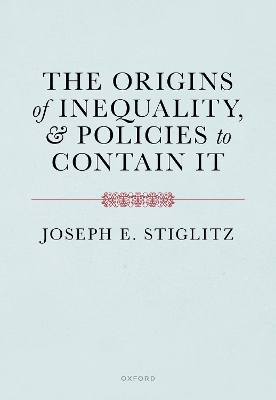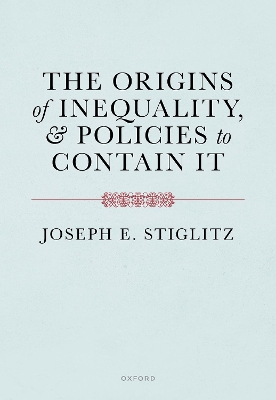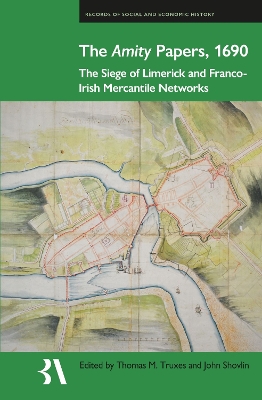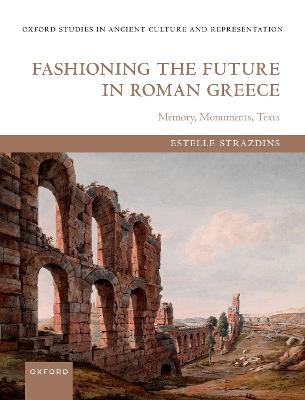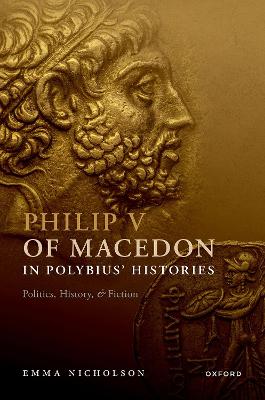Simulating Roman Economies
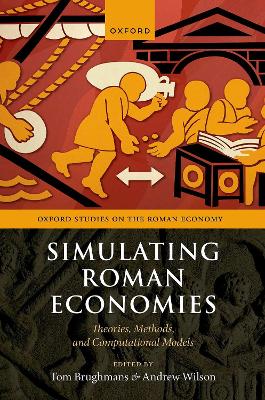 -10%
portes grátis
-10%
portes grátis
Simulating Roman Economies
Theories, Methods, and Computational Models
Brughmans, Tom; Wilson, Andrew
Oxford University Press
09/2022
356
Dura
Inglês
9780192857828
15 a 20 dias
740
Descrição não disponível.
INTRODUCTION
1: Tom Brughmans: Why simulate Roman economies?
CASE STUDIES
2: Pascal Warnking: Simulating Roman maritime trade: modelling sailing times and shipping routes
3: Marek Vlach: The Antonine Plague: A Case Study of Epidemiological Modelling and Impact Evaluation
4: John William Hanson and Tom Brughmans: Settlement scale and economic networks in the Roman Empire
5: Simon Carrignon, Tom Brughmans, and Iza Romanowska: Transmission of cultural and economic strategies in inter-regional tableware trade
6: Xavier Rubio-Campillo and Maria Coto-Sarmiento: New approaches to old questions: the exploration of large-scale trade dynamics using hypothesis-testing frameworks
7: Brian Dermody, Alexander Chiu Smit, and Rens L.P.H. van Beek: A Model of Grain Production and Trade in the Roman World
8: Pau de Soto and Cesar Carreras: The economic and social evolution of the Iberian Peninsula as revealed through analysis of Roman transport infrastructure
9: Mark Groenhuijzen: Evaluating hypotheses about local transport systems through spatial and network analysis: the Dutch part of the Lower Rhine limes and its hinterland
10: Philip Verhagen: Modelling the basics of Roman demography: the case of the Dutch limes
DISCUSSION
11: Shawn Graham: Mapping the landscape of our ignorance
12: Andrew Wilson: Positioning computational modelling in Roman studies
1: Tom Brughmans: Why simulate Roman economies?
CASE STUDIES
2: Pascal Warnking: Simulating Roman maritime trade: modelling sailing times and shipping routes
3: Marek Vlach: The Antonine Plague: A Case Study of Epidemiological Modelling and Impact Evaluation
4: John William Hanson and Tom Brughmans: Settlement scale and economic networks in the Roman Empire
5: Simon Carrignon, Tom Brughmans, and Iza Romanowska: Transmission of cultural and economic strategies in inter-regional tableware trade
6: Xavier Rubio-Campillo and Maria Coto-Sarmiento: New approaches to old questions: the exploration of large-scale trade dynamics using hypothesis-testing frameworks
7: Brian Dermody, Alexander Chiu Smit, and Rens L.P.H. van Beek: A Model of Grain Production and Trade in the Roman World
8: Pau de Soto and Cesar Carreras: The economic and social evolution of the Iberian Peninsula as revealed through analysis of Roman transport infrastructure
9: Mark Groenhuijzen: Evaluating hypotheses about local transport systems through spatial and network analysis: the Dutch part of the Lower Rhine limes and its hinterland
10: Philip Verhagen: Modelling the basics of Roman demography: the case of the Dutch limes
DISCUSSION
11: Shawn Graham: Mapping the landscape of our ignorance
12: Andrew Wilson: Positioning computational modelling in Roman studies
Este título pertence ao(s) assunto(s) indicados(s). Para ver outros títulos clique no assunto desejado.
INTRODUCTION
1: Tom Brughmans: Why simulate Roman economies?
CASE STUDIES
2: Pascal Warnking: Simulating Roman maritime trade: modelling sailing times and shipping routes
3: Marek Vlach: The Antonine Plague: A Case Study of Epidemiological Modelling and Impact Evaluation
4: John William Hanson and Tom Brughmans: Settlement scale and economic networks in the Roman Empire
5: Simon Carrignon, Tom Brughmans, and Iza Romanowska: Transmission of cultural and economic strategies in inter-regional tableware trade
6: Xavier Rubio-Campillo and Maria Coto-Sarmiento: New approaches to old questions: the exploration of large-scale trade dynamics using hypothesis-testing frameworks
7: Brian Dermody, Alexander Chiu Smit, and Rens L.P.H. van Beek: A Model of Grain Production and Trade in the Roman World
8: Pau de Soto and Cesar Carreras: The economic and social evolution of the Iberian Peninsula as revealed through analysis of Roman transport infrastructure
9: Mark Groenhuijzen: Evaluating hypotheses about local transport systems through spatial and network analysis: the Dutch part of the Lower Rhine limes and its hinterland
10: Philip Verhagen: Modelling the basics of Roman demography: the case of the Dutch limes
DISCUSSION
11: Shawn Graham: Mapping the landscape of our ignorance
12: Andrew Wilson: Positioning computational modelling in Roman studies
1: Tom Brughmans: Why simulate Roman economies?
CASE STUDIES
2: Pascal Warnking: Simulating Roman maritime trade: modelling sailing times and shipping routes
3: Marek Vlach: The Antonine Plague: A Case Study of Epidemiological Modelling and Impact Evaluation
4: John William Hanson and Tom Brughmans: Settlement scale and economic networks in the Roman Empire
5: Simon Carrignon, Tom Brughmans, and Iza Romanowska: Transmission of cultural and economic strategies in inter-regional tableware trade
6: Xavier Rubio-Campillo and Maria Coto-Sarmiento: New approaches to old questions: the exploration of large-scale trade dynamics using hypothesis-testing frameworks
7: Brian Dermody, Alexander Chiu Smit, and Rens L.P.H. van Beek: A Model of Grain Production and Trade in the Roman World
8: Pau de Soto and Cesar Carreras: The economic and social evolution of the Iberian Peninsula as revealed through analysis of Roman transport infrastructure
9: Mark Groenhuijzen: Evaluating hypotheses about local transport systems through spatial and network analysis: the Dutch part of the Lower Rhine limes and its hinterland
10: Philip Verhagen: Modelling the basics of Roman demography: the case of the Dutch limes
DISCUSSION
11: Shawn Graham: Mapping the landscape of our ignorance
12: Andrew Wilson: Positioning computational modelling in Roman studies
Este título pertence ao(s) assunto(s) indicados(s). Para ver outros títulos clique no assunto desejado.

